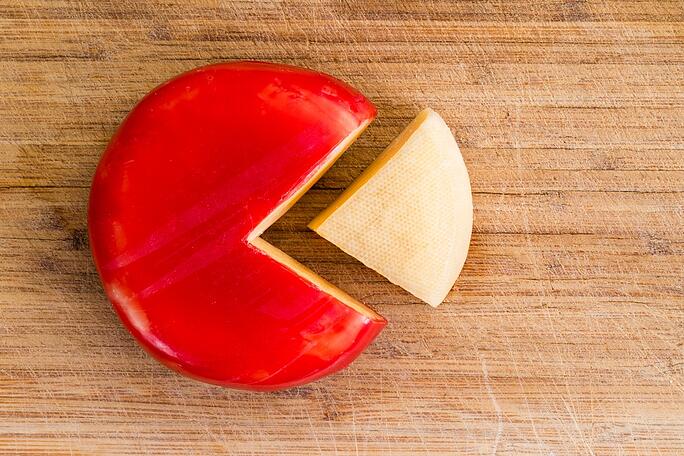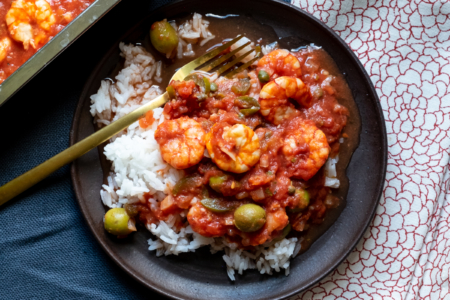When it comes to cheese, I’m a big advocate for using the whole cow (pun intended) and rinds are no exception. In most cases, cheese rinds are perfectly edible and one could argue in some cases, extremely enjoyable. But before you start munching on some rinds, it’s important to tell the difference between the different types, and more crucially, know which ones can be eaten and which cannot.
Non-edible rind
Certain cheeses are encased in non-edible rinds. These will be made from either wax, cloth, paper, and sometimes bark. In case it wasn’t already obvious: these should not be consumed. While they probably won’t hurt you, there’s no real reason to eat them.
Rindless cheese
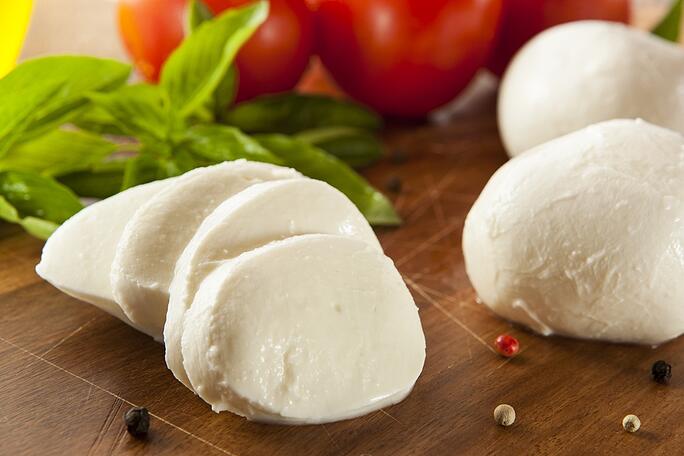
Certain cheeses come with no rinds. These cheeses are either not exposed to the necessary airing process required to create rinds or are fresh. Examples of rindless cheeses include mozzarella and feta.
Bloomy rind
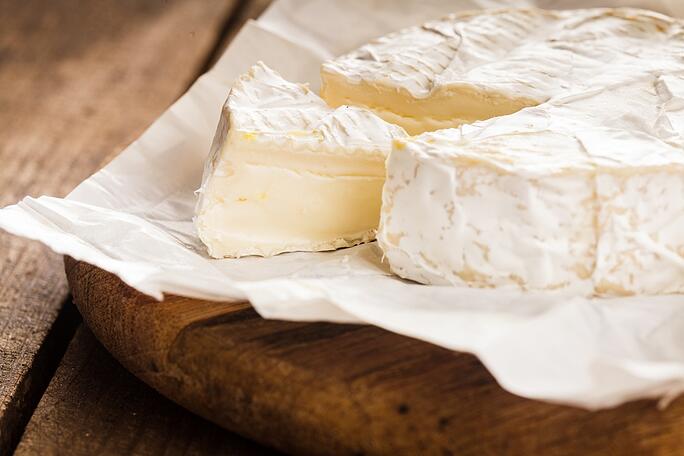
These rinds have a characteristic white, almost furry appearance. They are usually soft and are often found on semi-soft and soft cheeses like Brie and Camembert. Bloom-y rinds are created by spraying the cheese with an edible mold spore. The mold blooms and creates a soft rind around the cheese. These rinds are almost always worth eating. They have a similar consistency to the cheese iteself and often have a similar taste.
Washed rind
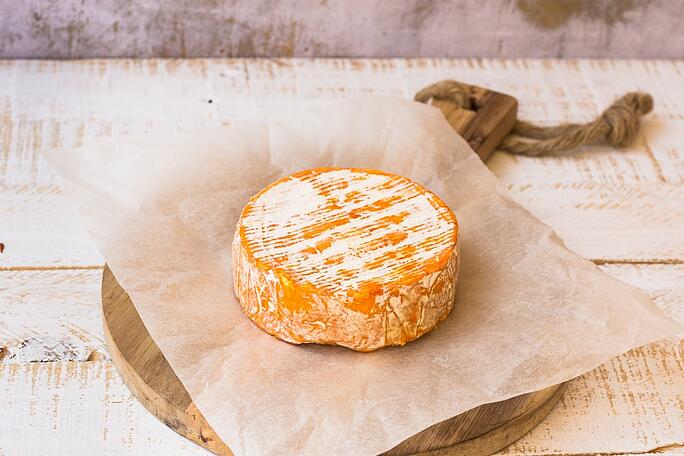
As the name suggests, washed rinds are created by rubbing or brushing the surface of cheese with a liquid. The liquid can be wine, brine, or other alcohols. Washing the surface of the cheese with liquid creates a moist environment that encourages the growth of mold. These rinds tend to have a sticky texture and a notable orange hue. Washed rind cheeses tend to be fairly aromatic and the rind is acidic and flavorful. Some find the tart notes of washed rind to be off-putting as it can contrast dramatically with the creamy notes of cheese. Examples of washed-rind cheeses include Gruyere, Taleggio, Limburger, and Winnimere.
Natural rind

Finally, we have natural rinds. These rinds are created by simply exposing the cheese to air over time. As the cheese ages, the outer layer dries and forms a hard, natural rind. Natural rinds can be tough and difficult to eat. However, some can be eaten and enjoyed. Examples of natural rind cheese included: Stilton, Parmigiano-Reggiano, and certain cheddars.
